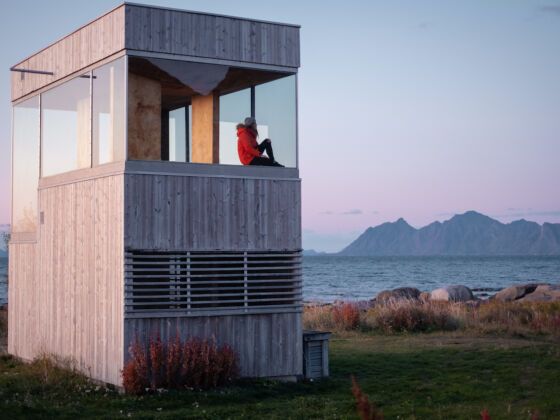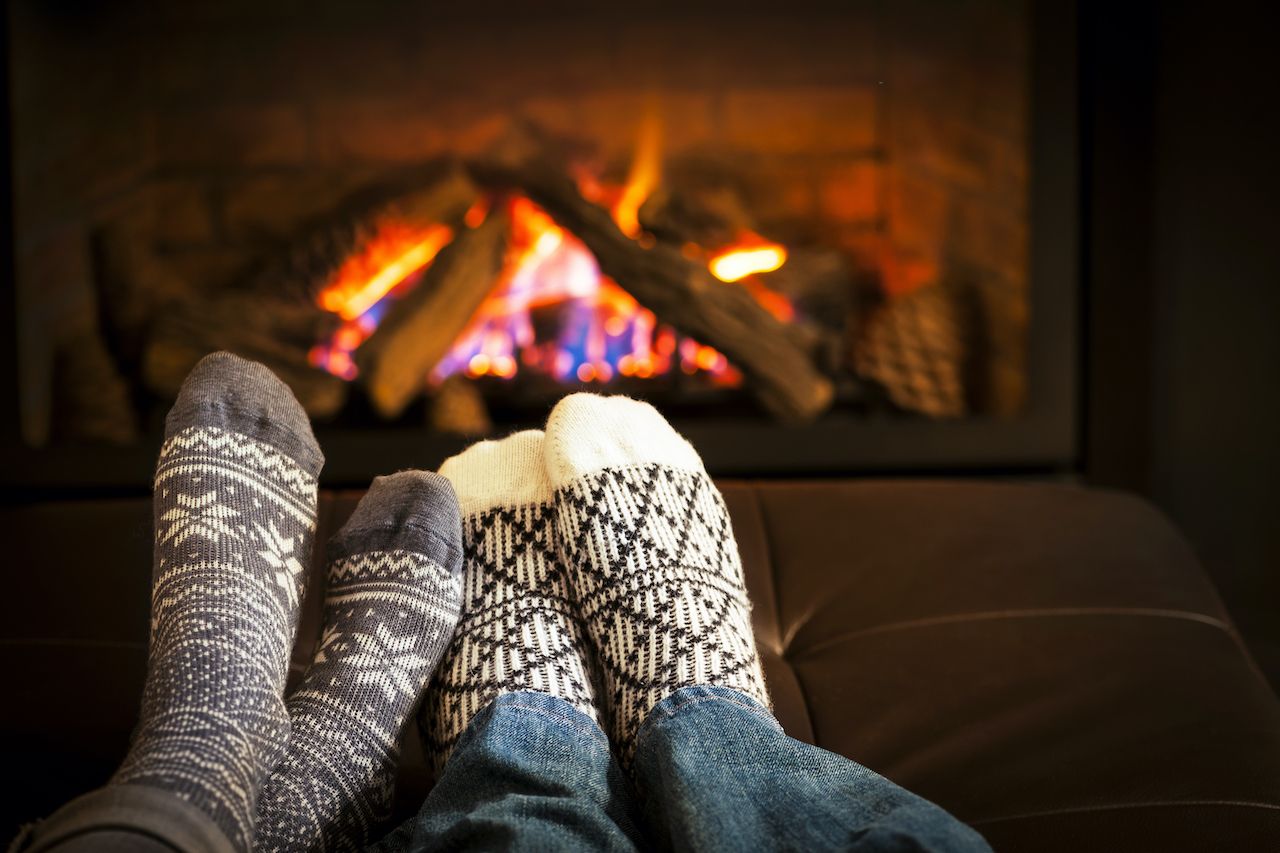Summer 2020 was a non-event. By now, most of us will have come to terms with that, but for many who are about to endure a long and dark winter, this year’s lack of freedom to enjoy the warmer months will make the slow march into the cold particularly difficult.
Growing up in Scotland I remember shouldering winter through planning with military precision. During the week, we’d walk to school in the dark and return in the dark. Our lunch hour allowed for access to outside, but unlike our neighbors in Scandinavia, we were rarely dressed properly to make getting a dose of sunlight a pleasant experience. From the moment we woke our day was organized around making life in the dark more bearable, mentally and physically.

